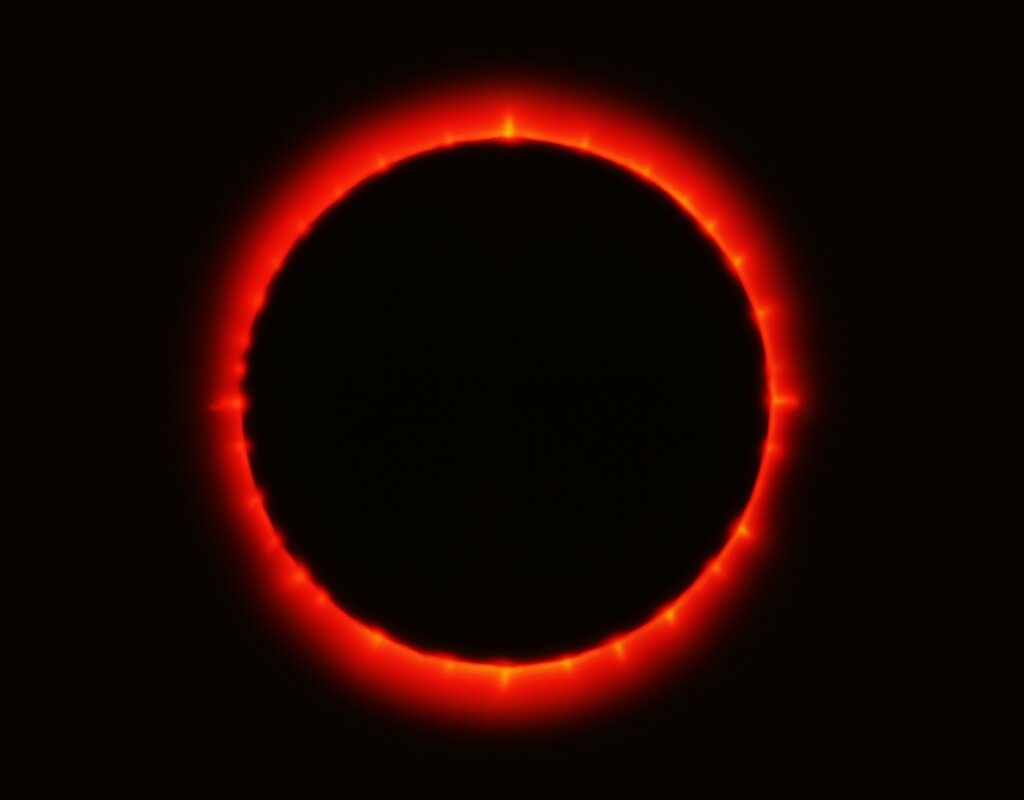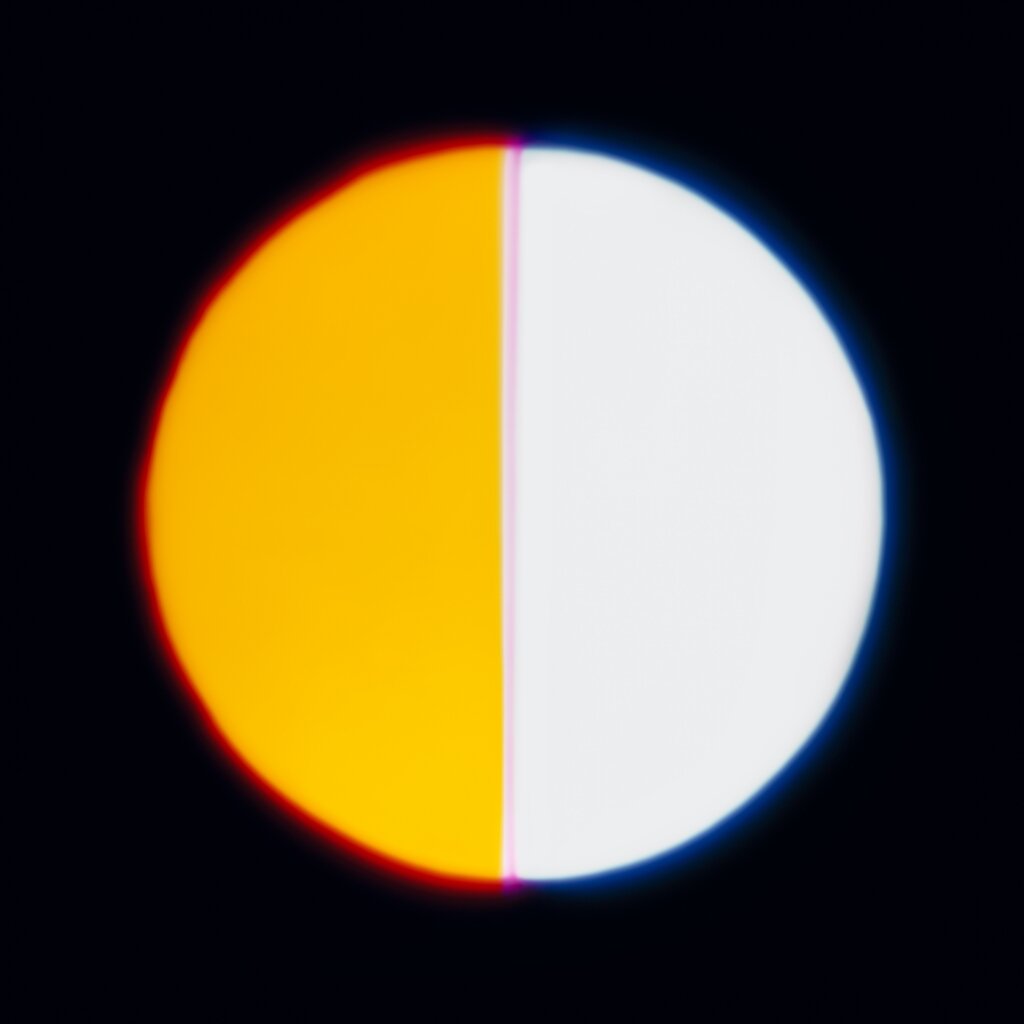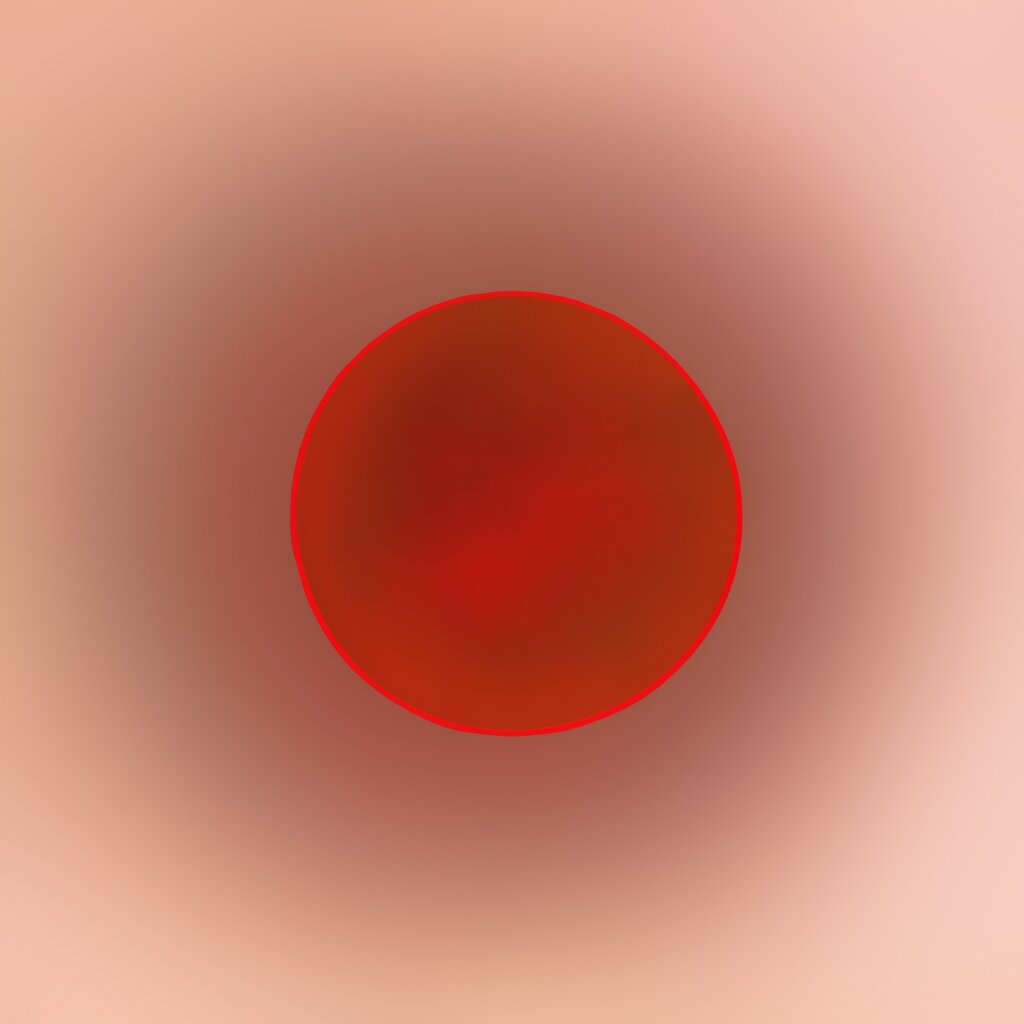Garry Fabian miller
UK, born 1957
Garry Fabian Miller was born in Bristol in 1957. His earliest photographic works made at the age of sixteen form part of the documentary tradition which dominated British photography in the post war period. In 1973 he was commissioned by the housing charity Shelter to photograph homelessness, and the condition of rental property in Bristol and Gloucestershire.
In the summer of 1974 he undertook a walking journey across the Shetland Isles in the far north of Britain. These isolated communities were on the cusp of a radical change with the imminent arrival of the North Sea oil industry. The pictures established his interest in people who chose to make a life at the edge, living with the weather and a larger sense of space and time. The importance of place has since become a predominant theme throughout Miller’s work and was at the heart of his first major body of work Sections of England: The Sea Horizon in 1976–77.
In 1980, Miller moved to Lowfield Farm in a remote corner of Lincolnshire and since 1984 he has worked without a camera, using the techniques of early nineteenth century photographic exploration to experiment with the nature and possibilities of light as both medium and subject. His earliest camera-less photographs were made by inserting translucent objects, principally leaves, seedpods and flower heads, into an enlarger and using them as transparencies through which light passed on to light-sensitive paper.
Since 1992 he has explored a more abstract form of picture-making by passing light through coloured glass and liquid and cut paper forms. In parallel he has explored the ideas of exposure, the quantities of light that are required to make things visible, or invisible, in the making of a picture. In sharp contrast to the photographic norm of exposures that last for a fragment of a second, Miller’s work tends towards long exposures lasting anywhere between one and 20 hours. These unusual methods create alternative, luminous realities that shift from pure abstraction to imagined landscapes of the mind and the resulting pictures have tended to appear from the studio in series, each image leading to the next.
Amongst the most notable of these series are Sons & Angels, exhibited at Yokohama Museum of Art, Japan, 1995, and Museet fur Fotokunst, Odense, Denmark, 1996; Petworth Windows, exhibited Petworth House, West Sussex, 1999 and Cleveland Museum and Art Gallery, Ohio, USA 2004; Toward a Solar Eclipse,exhibited Tate St Ives, 1999; Thoughts of a Night Sea, exhibited Tate Liverpool, 2001; Burning, exhibited Graves Art Gallery, Sheffield, 2002; Night Towers, exhibited Nichido Contemporary Art, Tokyo, Japan 2002; Becoming Magma, exhibited Victoria and Albert Museum, London, 2005.
As these various series evolved so did their scale and complexity: the finished pictures often forming large grids made up of several connected elements. In 2006, partly as a reaction against the physical and technical challenges of these composite works, and partly in response to the threat posed to his materials by the digital age — specifically the demise of light sensitive Cibachrome paper and chemistry — Miller began an intense period of working on a smaller scale.
Referred to as Year One and Year Two, this period of free experiment collated his accumulated knowledge into a body of work that presented a pattern book of ideas for the future. Elements of Year One and Year Two formed the basis of exhibitions at the New Art Centre, Salisbury in 2007; Newlyn Art Gallery, 2008 and Abbot Hall Art Gallery in 2009 and Gimpel-Muller Gallery, Paris 2011. These have paved the way for Miller’s most recent experiments with large format images. These newest works use new printing processes to restore the balance of solid and liquid colour, and suggests an evolutionary moment in Miller’s career: sharing the values of historical knowledge with the potential of the future technologies. They were shown for the first time in the exhibitions The Colours at Ingleby Gallery, Edinburgh and The Colour of Time at HackelBury Fine Art in London in 2010. In 2010/11 they were placed in the wider context of Miller’s work in the exhibition Shadow Catchers at the Victoria and Albert Museum, London. Recent exhibitions include 2011 Rayons de Couleurs, Gimpel + Muller, Paris. That I Might See, HackelBury Fine art, London. 2013 The Middle Place, Ingleby Gallery, Edinburgh. Voyage, HackelBury Fine Art, London. Circles, Gimpel + Muller, Paris. Uncommon ground: Land Art in Britain 1966-1979. A touring exhibition from The Arts Council Collection, Southbank Centre, London. 2014 Spectures: Galeria Nara Roesler, San Paulo, Brazil. 2015, Dwelling, Dovecot Studios Edinburgh, a two person exhibition with Winifred Nicholson. Bliss, HackelBury Fine Art, London, and the group show White, Royal Academy of Arts, London.
His work is held in many private and public collections including Bibliotheque Nationale, Paris, France; Cleveland Museum of Art, Ohio, USA; Deutsche Morgan Grenfell; Fidelity, London, UK; The Fogg Art Museum, Boston, USA; The Gillman Collection, Metropolitan Museum of Art, New York, USA; Goldman Sachs; Goss-Michael Foundation; Government Art Collection, UK; Graves Art Gallery, Sheffield, UK; Hiscox PLC; Houston Museum of Fine Arts, USA; Sir Elton John Collection; Museet for Fotokunst, Odense, Denmark; Kasama Nichido Museum of Art, Tokyo, Pier Arts Centre, Stromness, Orkney, UK; Museum Ritter, Waldenbuch, Germany; University of Warwick, UK; Usher Gallery, Lincoln, UK; Victoria & Albert Museum, UK.
The Victoria & Albert Museum have the largest holdings of the artist’s work having collected pieces for over 25 years, the most recent acquisition the 2006 Year One cabinet which is on permanent display within the Museums Print Room.
In 1976 Garry Fabian Miller made his first dye destruction print (cibachrome) with the series Sections of England: The Sea Horizon. He has worked exclusively with this material ever since. Since 2005 the material has been under threat, ceasing production for a period. This prompting the Year One and Year Two cycles. In Switzerland during the autumn of 2011 the final sheets of paper were coated and processing chemistry mixed. Fabian Miller now holds his last materials stored in a cool, dark place; with care they will survive five years. In 2016 the final print will be made, the darkroom becoming inactive, a sealed and closed space.
Since the winter of 1989 Garry Fabian Miller has lived with his family on Dartmoor in the South West of England.



















